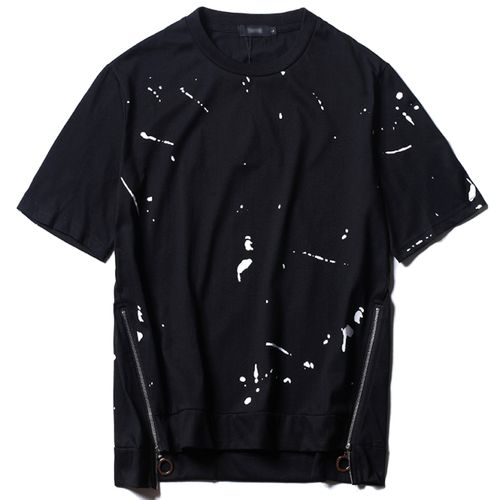Color matching of casual clothing is a way to show personality and fashion taste. Here are some color matching tips for casual clothing to help you create a stylish casual look.
1. Understand the basic color matching principles:
First of all, it is very important to understand the basic color matching principles. Basic principles include contrasting, complementary and similar color combinations. Contrast color matching is carried out in a way that sets off each other, such as black and white matching, cold and warm color matching, etc. Complementary color matching refers to choosing colors that are in opposite positions, such as blue and orange. Similar color matching is to choose colors in adjacent positions to match, such as red and pink.
2. Use neutral colors as base:
Neutral colors such as black, white, gray and beige can be used as the basis for matching color for a simple, clean look. You can choose a black or gray T-shirt, shirt or sweater as the base color, and then pair it with other brightly colored or contrasting clothing to highlight the highlights.
3. Grasp the lightness and darkness of colors:
The lightness and darkness of colors have an important impact on the overall effect. If you want a relaxed, bright casual look, you can choose clothing with bright colors, such as light blue, light yellow or light green. If you want to show a low-key and stable atmosphere, you can choose dark-colored clothing, such as dark gray, camel or dark green.
4. Highlight the personality of color:
In casual outfits, you can add one or two brightly colored garments to enhance The overall visual effect highlights the personality. This could be a bright red coat, a pair of bright pants or a pair of shiny shoes. Use this to embellish the overall shape and attract the eye.
5. Add color or pattern elements:
The addition of color or pattern elements can add more interest and fun to casual wear. Fashion sense. You can choose printed T-shirts, patchwork color-blocked shirts or patterned pants to add to the overall vibrancy and variety.
6. Consider the season and scene:
Casual wear in different seasons and occasions requires consideration and adaptation to different colors. In summer, you can choose bright colors to add vitality and coolness; in winter, you can choose dark colors or jewel tones to create a sense of warmth. At the same time, the requirements of the scene should also be taken into consideration. For example, bright colors can be chosen for outdoor events, while more low-key colors can be chosen for indoor gatherings.
To sum up, the color matching of casual clothing is not only the pursuit of novelty and creativity in matching, but also the emphasis on highlighting personality, highlighting style and adding interest to the overall shape. . You can easily create a stylish casual look for yourself by understanding basic color matching principles, using neutral colors and shades, adding statement accents, and considering the characteristics of the season and scene.






